J. E. G. Peek
UniverseTBD
pathfinder: A Semantic Framework for Literature Review and Knowledge Discovery in Astronomy
Aug 02, 2024



Abstract:The exponential growth of astronomical literature poses significant challenges for researchers navigating and synthesizing general insights or even domain-specific knowledge. We present Pathfinder, a machine learning framework designed to enable literature review and knowledge discovery in astronomy, focusing on semantic searching with natural language instead of syntactic searches with keywords. Utilizing state-of-the-art large language models (LLMs) and a corpus of 350,000 peer-reviewed papers from the Astrophysics Data System (ADS), Pathfinder offers an innovative approach to scientific inquiry and literature exploration. Our framework couples advanced retrieval techniques with LLM-based synthesis to search astronomical literature by semantic context as a complement to currently existing methods that use keywords or citation graphs. It addresses complexities of jargon, named entities, and temporal aspects through time-based and citation-based weighting schemes. We demonstrate the tool's versatility through case studies, showcasing its application in various research scenarios. The system's performance is evaluated using custom benchmarks, including single-paper and multi-paper tasks. Beyond literature review, Pathfinder offers unique capabilities for reformatting answers in ways that are accessible to various audiences (e.g. in a different language or as simplified text), visualizing research landscapes, and tracking the impact of observatories and methodologies. This tool represents a significant advancement in applying AI to astronomical research, aiding researchers at all career stages in navigating modern astronomy literature.
Constructing Impactful Machine Learning Research for Astronomy: Best Practices for Researchers and Reviewers
Oct 19, 2023Abstract:Machine learning has rapidly become a tool of choice for the astronomical community. It is being applied across a wide range of wavelengths and problems, from the classification of transients to neural network emulators of cosmological simulations, and is shifting paradigms about how we generate and report scientific results. At the same time, this class of method comes with its own set of best practices, challenges, and drawbacks, which, at present, are often reported on incompletely in the astrophysical literature. With this paper, we aim to provide a primer to the astronomical community, including authors, reviewers, and editors, on how to implement machine learning models and report their results in a way that ensures the accuracy of the results, reproducibility of the findings, and usefulness of the method.
Predicting galaxy spectra from images with hybrid convolutional neural networks
Sep 25, 2020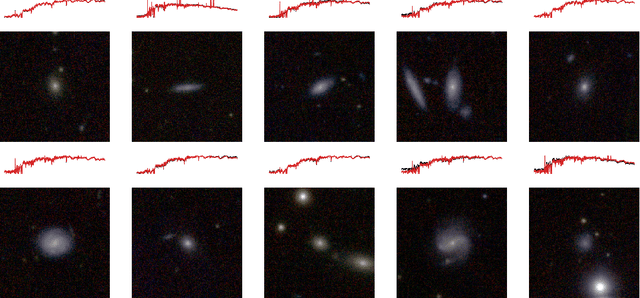
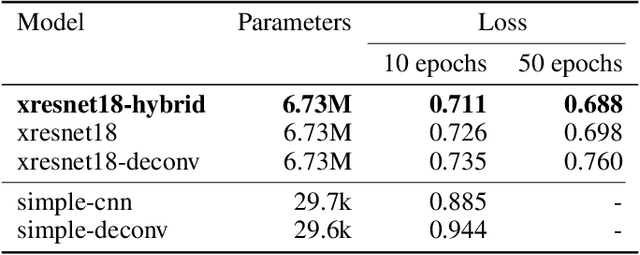
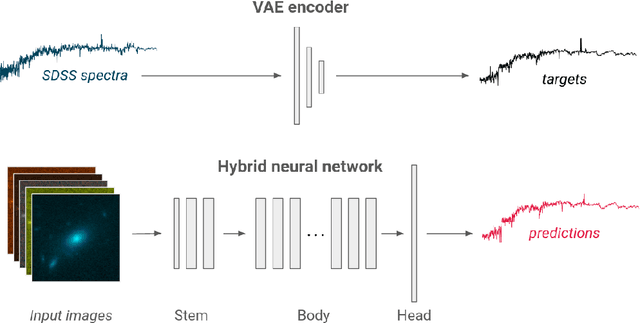
Abstract:Galaxies can be described by features of their optical spectra such as oxygen emission lines, or morphological features such as spiral arms. Although spectroscopy provides a rich description of the physical processes that govern galaxy evolution, spectroscopic data are observationally expensive to obtain. We are able to robustly predict and reconstruct galaxy spectra directly from broad-band imaging. We present a powerful new approach using a hybrid convolutional neural network with deconvolution instead of batch normalization; this hybrid CNN outperforms other models in our tests. The learned mapping between galaxy imaging and spectra will be transformative for future wide-field surveys, such as with the Vera C. Rubin Observatory and \textit{Nancy Grace Roman Space Telescope}, by multiplying the scientific returns for spectroscopically-limited galaxy samples.
DeepMerge: Classifying High-redshift Merging Galaxies with Deep Neural Networks
Apr 24, 2020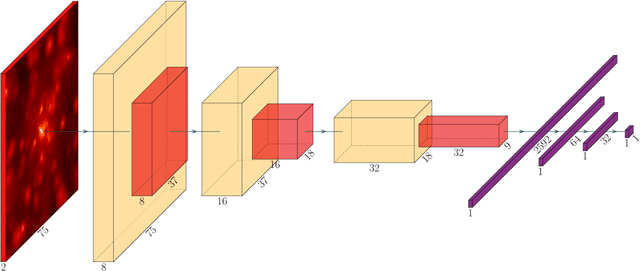
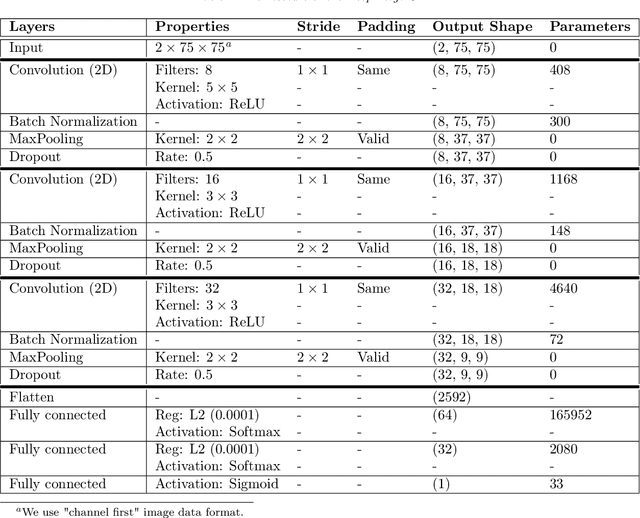
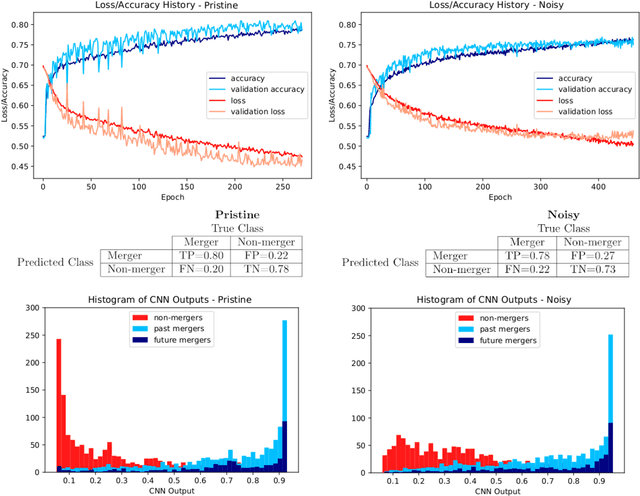
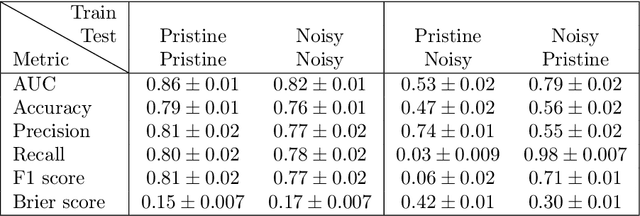
Abstract:We investigate and demonstrate the use of convolutional neural networks (CNNs) for the task of distinguishing between merging and non-merging galaxies in simulated images, and for the first time at high redshifts (i.e. $z=2$). We extract images of merging and non-merging galaxies from the Illustris-1 cosmological simulation and apply observational and experimental noise that mimics that from the Hubble Space Telescope; the data without noise form a "pristine" data set and that with noise form a "noisy" data set. The test set classification accuracy of the CNN is $79\%$ for pristine and $76\%$ for noisy. The CNN outperforms a Random Forest classifier, which was shown to be superior to conventional one- or two-dimensional statistical methods (Concentration, Asymmetry, the Gini, $M_{20}$ statistics etc.), which are commonly used when classifying merging galaxies. We also investigate the selection effects of the classifier with respect to merger state and star formation rate, finding no bias. Finally, we extract Grad-CAMs (Gradient-weighted Class Activation Mapping) from the results to further assess and interrogate the fidelity of the classification model.
 Add to Chrome
Add to Chrome Add to Firefox
Add to Firefox Add to Edge
Add to Edge